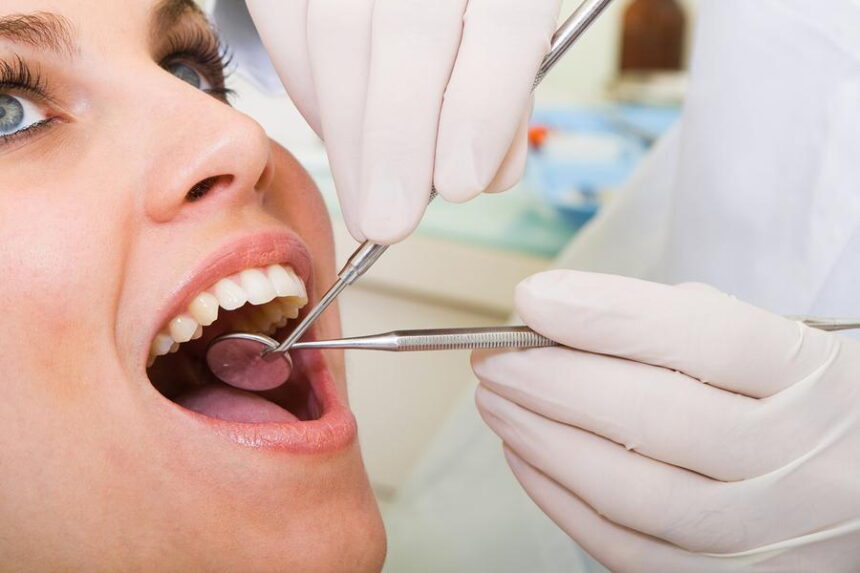Visiting a family dentistry practice for restorative care focuses on repairing dental damage, restoring function, and improving oral health. Restorative treatments include fillings, crowns, bridges, and dentures. Being prepared and informed helps patients understand what to expect during their visit.
Understanding Restorative Dentistry
The first step of a restorative dental appointment at a family dentistry practice typically begins with a consultation. During this visit, the dentist reviews the patient’s dental and medical history in detail to understand their health background, current concerns, and oral health goals. By discussing past experiences and expectations, the dentist can personalize the treatment plan to meet the patient’s unique needs.
Next, the dentist thoroughly examines the teeth, gums, and overall oral structures to evaluate their condition. The process often includes visually inspecting the mouth and taking X-rays to fully assess the patient’s oral health. These tools help identify cavities, fractures, or bone loss that may not be obvious during a basic inspection.
After the examination, the dentist discusses their findings in detail, explaining any concerns and outlining personalized treatment options. This conversation provides patients with clear guidance on the recommended next steps and insight into the purpose and process of each suggested treatment.
The dentist will likely take time to address any questions or concerns the patient may have, fostering open communication. This helps patients fully understand their treatment plan before moving forward.
Supporting Restorative Care with Family Dentistry
Family dentistry plays a key role in providing restorative dental services. These practices are designed to treat patients of all ages, focusing on comprehensive oral care for the entire family. The family dentist’s familiarity with a patient’s dental history enables better-personalized care.
By offering restorative services within a family dental practice, oral challenges such as tooth decay, chipped teeth, or missing teeth are addressed with expertise and care.
Family dentistry also frequently emphasizes preventive measures, allowing patients to proactively maintain their dental health and address minor issues before they develop into more significant concerns. With a focus on comprehensive care, family dental practices cater to patients of all ages, helping everyone receive personalized treatment.
Preparing for Your First Restorative Dentist Appointment
Preparation can play a meaningful part in easing the process of a patient’s first restorative appointment. Start by gathering all relevant records, such as previous dental X-rays, medical history, or details about past dental work like fillings, crowns, or extractions.
These records provide valuable context and help the dental provider understand the patient’s oral health history, identify any ongoing issues, and plan the most suitable course of treatment.
Patients should prepare to discuss any current concerns, such as sensitivity, pain, or discomfort, as these details can help the dentist address specific needs during the appointment.
Make Restorative Dentistry a Priority
Book your first restorative dentist appointment to take a proactive step toward addressing your dental health needs. A trusted family dental practice offers a welcoming space for patients of all ages. Professional restorative care restores oral function while supporting patient comfort. Connect with a knowledgeable dental team today to begin the restorative care process.
Related Articles
How Sports Doctors Helps with Rehabilitation Before and After Surgery
How UroLift Compares to Other Treatments for BPH Symptoms
How to Support Your Mental Health While Caring for a Newborn





